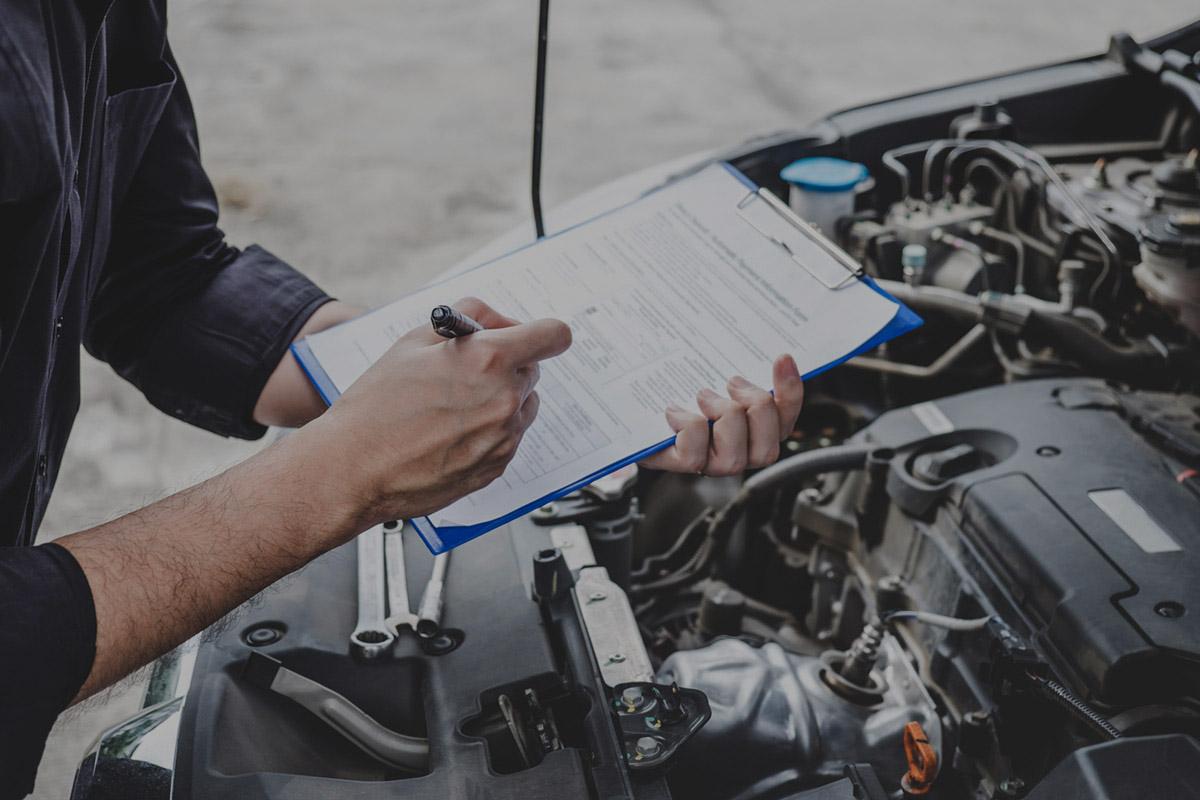Imagine cruising down a scenic highway, wind in your hair, and the open road stretching out before you. Now, picture this: suddenly, your car sputters, coughs, and comes to a grinding halt. What went wrong? Could this have been prevented? This scenario underscores the critical importance of vehicle safety inspections, known as MOT (Ministry of Transport) tests in many countries. But what about other parts of the world? Let's take a global journey to explore MOT equivalents and how they ensure roadworthiness and driver safety.
In the United Kingdom, the MOT test is a legal requirement for most vehicles over three years old, examining various aspects such as brakes, lights, and emissions. It's a vital measure to ensure vehicles on British roads meet minimum safety standards. But what about elsewhere? Let's start with our neighbors across the pond in the United States.
While the US lacks a federal MOT equivalent, individual states mandate periodic vehicle inspections to varying degrees. For example, states like Texas and New York require emissions testing in certain areas, while others like California have more comprehensive safety inspection programs. However, the specifics can differ greatly between states, leading to a patchwork of regulations across the country.
In Canada, each province and territory sets its own regulations regarding vehicle inspections, leading to a similar decentralized approach as in the US. For instance, Ontario requires vehicles to undergo an emissions test every two years, while British Columbia conducts regular safety inspections. This variability highlights the challenges of standardizing vehicle safety measures across vast and diverse regions.
In Europe, MOT equivalents vary widely from country to country, reflecting the continent's cultural and regulatory diversity. For instance, Germany's TÜV (Technischer Überwachungsverein) inspection is renowned for its rigorous standards, covering everything from brakes to seat belts. Meanwhile, France's Contrôle Technique focuses primarily on environmental impact and emissions.
Down under in Australia, each state and territory has its own vehicle inspection requirements. For example, New South Wales mandates annual safety checks for all vehicles older than five years, while Western Australia requires inspections every two years. These regulations aim to ensure that vehicles on Australian roads are safe and roadworthy.
In Asia, MOT equivalents range from comprehensive programs to more informal arrangements. For example, Japan's Shaken inspection is a rigorous biennial test covering everything from brakes to exhaust emissions. In contrast, countries like India rely more on ad hoc checks by traffic police, leading to concerns about inconsistent enforcement and vehicle safety.
Africa presents unique challenges when it comes to MOT equivalents. While some countries like South Africa have well-established inspection programs, others struggle with limited resources and infrastructure. This disparity underscores the need for greater investment in road safety initiatives across the continent.
So, what can we learn from this global survey of MOT equivalents? First and foremost, vehicle safety is a universal concern that transcends borders and cultures. Whether you're driving through the streets of London or the deserts of Australia, ensuring your vehicle is roadworthy is essential for your safety and the safety of others.
Secondly, while MOT equivalents may vary in scope and stringency, their underlying goal remains the same: to minimize the risk of accidents and injuries on the road. By conducting regular inspections and addressing any issues promptly, drivers can play their part in promoting a safer and more sustainable transportation system.
In conclusion, MOT equivalents serve as a cornerstone of vehicle safety efforts worldwide, providing a vital framework for ensuring roadworthiness and driver accountability. Whether it's a comprehensive inspection program like Germany's TÜV or a more decentralized approach like in the US, the goal remains unchanged: to keep our roads safe for everyone.
So, the next time you buckle up and hit the road, remember the importance of MOT equivalents in keeping you and your fellow travelers safe. Because when it comes to road safety, prevention is always better than cure.
References:
- "MOT Testing Guide" by GOV.UK: https://www.gov.uk/guidance/mot-inspection-manual-for-private-passenger-and-light-commercial-vehicles
- "Vehicle Inspection Program" by the Texas Department of Public Safety: https://www.dps.texas.gov/section/vehicle-inspection
- "MOT Testing in Guildford" by Best Services Centre: https://www.guildford-mot-test.co.uk/
- "Roadworthiness Test (MOT)" by TÜV NORD: https://www.tuev-nord.de/en/company/certification/sectors/
- "Vehicle Inspections" by the Government of Western Australia: https://www.wa.gov.au/service/transport/road-transport/
